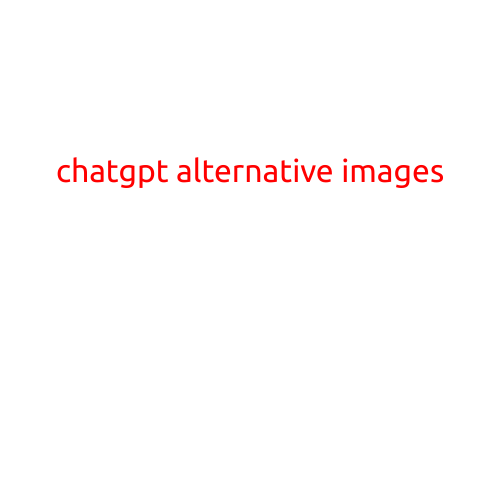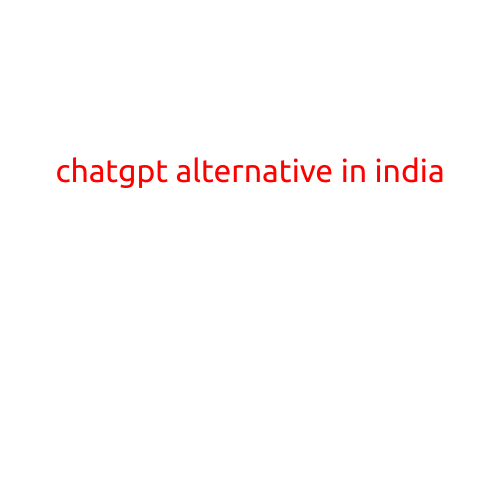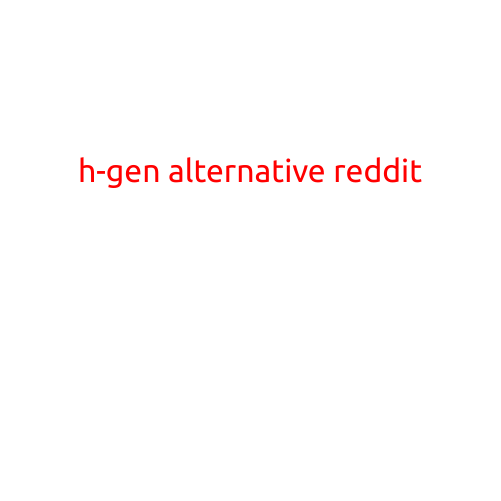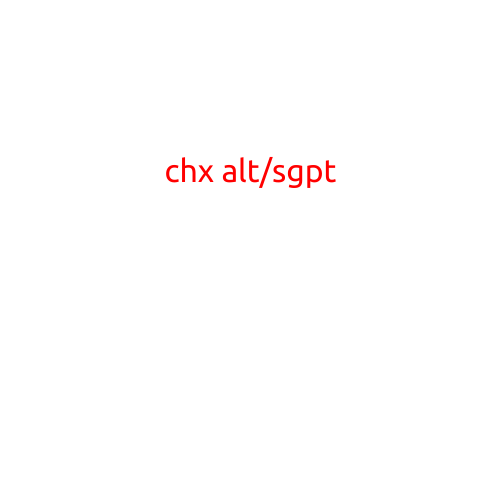
ChatGPT Alternative Images: Exploring the Visual Side of AI-Powered Conversations
In recent years, AI-powered chatbots like ChatGPT have revolutionized the way we interact with machines. By generating human-like responses to our queries, these language models have opened up new possibilities for natural language processing (NLP) and machine learning. But what about the visual aspect of AI-powered conversations? Can we create alternative images that mirror the conversational style of ChatGPT?
The Rise of AI-Generated Images
AI-generated images have been a hot topic in the tech world, with applications in areas like art, design, and advertising. With the advancement of Generative Adversarial Networks (GANs) and other AI algorithms, the quality and realism of these images have improved significantly. This has given birth to a new wave of AI-powered image generation tools, which can create stunning visuals in a matter of seconds.
ChatGPT Alternative Image Generators
Several AI-powered image generators have emerged as viable alternatives to ChatGPT. These tools can create images that are inspired by the context and conversation flow, much like how ChatGPT generates text. Here are a few examples:
- Deep Dream Generator: This AI-powered image generator uses GANs to create surreal and psychedelic images from user-inputted text prompts. It’s an ideal tool for creating visually striking graphics and infographics.
- Stable Diffusion: This AI model uses a type of GAN called diffusion-based generators to create high-quality images from text prompts. It’s known for its ability to produce realistic and diverse images.
- Midjourney: This AI-powered image generator uses a combination of GANs and transformer models to create images that are both aesthetically pleasing and contextually relevant. It’s a great tool for artists and designers looking to create new visual concepts.
Applications of ChatGPT Alternative Images
The possibilities for ChatGPT alternative images are endless. Here are a few potential applications:
- Visual Storytelling: AI-generated images can be used to create engaging visual stories, which can be used in marketing campaigns, social media, and other narratives.
- Artistic Collaboration: AI-powered image generators can collaborate with human artists to create new and innovative visual works.
- Data Visualization: ChatGPT alternative images can be used to visualize complex data, making it more accessible and easier to understand.
- Advertising and Marketing: AI-generated images can be used in advertising and marketing campaigns to create eye-catching visuals and grab attention.
Conclusion
ChatGPT alternative images have the potential to revolutionize the way we interact with machines and the way we create and consume visual content. With the advancement of AI-powered image generation tools, the possibilities are endless. Whether you’re an artist, designer, or marketer, ChatGPT alternative images are definitely worth exploring.
References
- Deep Dream Generator: www.deeplab.duke.edu/deepdream/
- Stable Diffusion: www.stable-diffusion.com
- Midjourney: www.midjourney.com





